What Is Real Stability Training
2020-01-14
Jessica Bento, Physical Therapist (C0-creator DVRT Restoration, Pelvic Control, and Shoulder Course)

Stability is an interesting concept, as Dr. Brandon Marcello has said, “it depends which lens you are looking through.” For example, I work a lot with doctors on what the protocols are for their patients during rehab. A surgeon thinks “stability” is something that doesn’t move at all and in their context, that is right! Could you imagine telling someone with a joint replacement that you want to do something “unstable”!
When it comes to training what do we REALLY mean when we say we are using “stability training”? What is the lens that we are looking through? We have to start with knowing some really foundational concepts of movement.
It would be wonderful and make life very easy if the isolated muscle training “worked”. Seeing a weak muscle, training it, and then having the person be better would make people far better and my job REALLY easy. Unfortunately, it isn’t that simple.
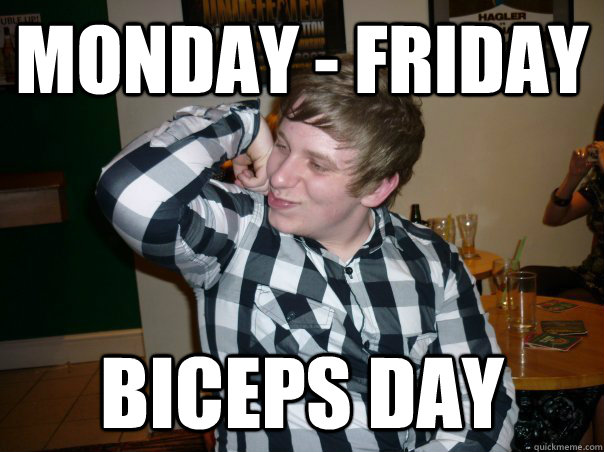
If we change the part in our car that is broken our car is better, why isn’t our body the same? For many reasons, none less than we have a very important and complex nervous system. Your nervous system is your control center and without getting into a super complicated discussion about it, it is impacted by everything you do.
For example, if you hurt your ankle, it changes the chain from the ground up and your body makes adjustment for it. The adjustment is necessary to keep functioning, but in order to do so, your nervous changes how your muscles are used and the jobs they do. Sometimes that means putting your muscles in jobs they are not meant to perform, your nervous system has to do this as it sees it as the only way to survive.
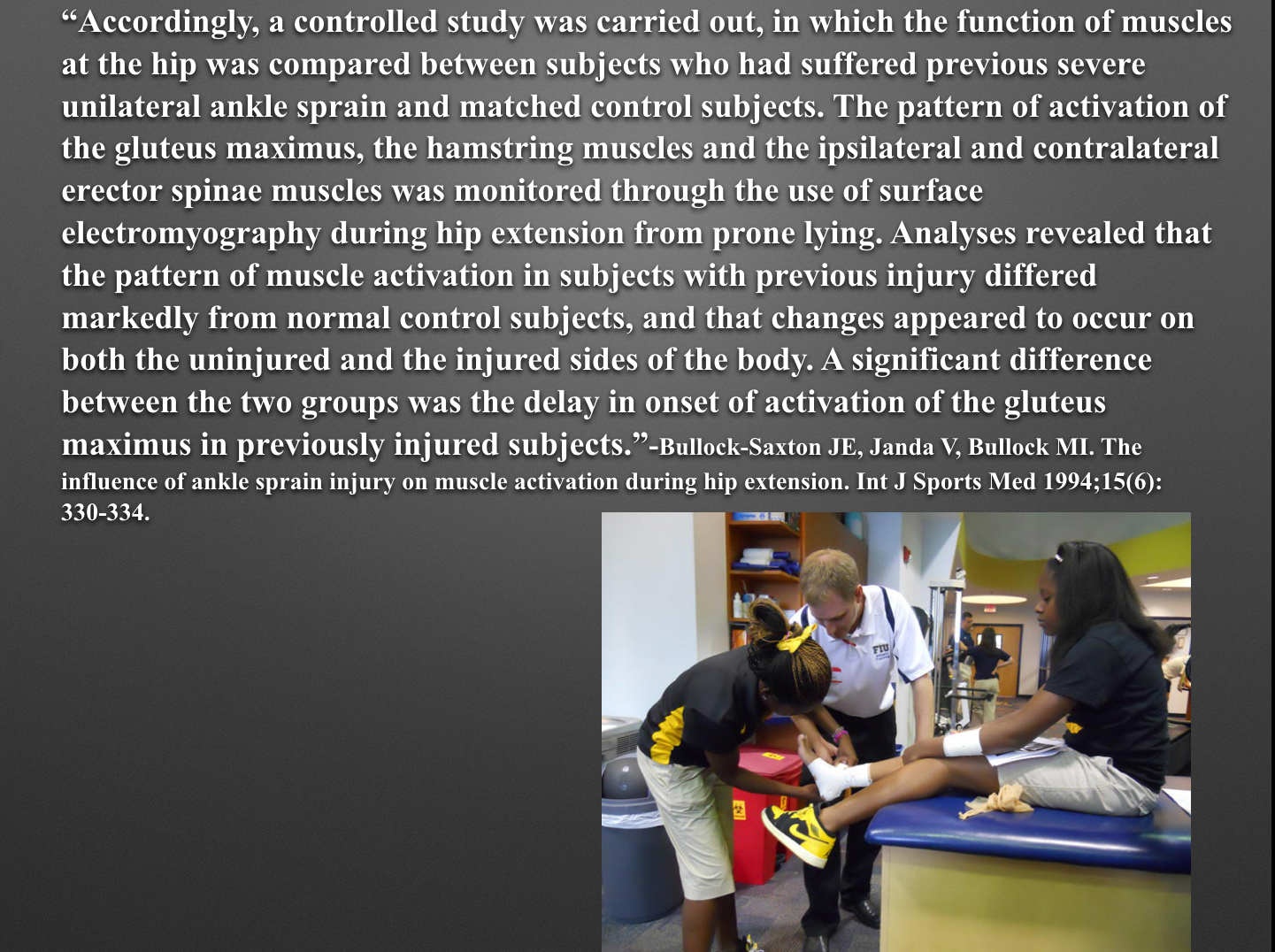
How does this all relate to stability training? Let me try to bring things full circle. You discuss the stability of a joint, or whole body stability. Most of the time in fitness we are discussing whole body stability, not individual joint. That is a good thing because more and more we realize that even a single joint is impacted by everything in the body. In any event, what do we want to make “stable” and how is our training making it so?
The best way to understand is that stability training is trying to connect the right muscles to work at the right time and do the jobs they are intended during different motions. The problem is if we don’t know what we are trying to connect, what makes a muscle working at the right time, and so forth, we don’t really know what stability training means or the purpose behind it.
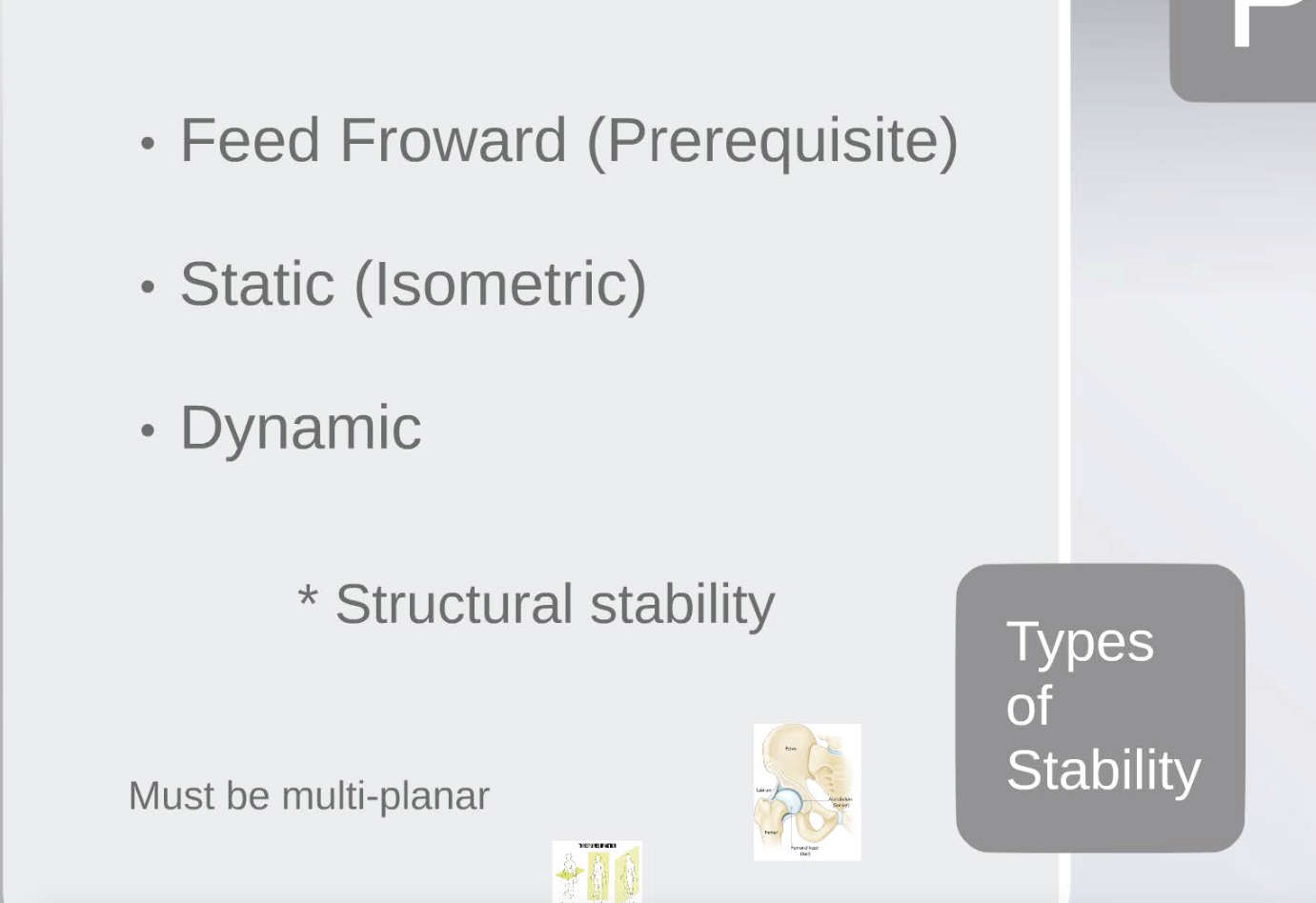
There are far more components to stability training as Dr. Brandon Marcello points out, but one that we can use a lot is the idea of multi-planar.
The Stability Training Solution
Hopefully what the above helped you understand is that our nervous system guides our movement and the goal is to teach the nervous system how to connect the muscles more efficiently and get them to function in the manner they were designed. So, what are we connecting? If you have followed DVRT for any time you have heard us refer to “fascial lines” many times.
The work of massage therapist, Thomas Myers is probably most well known for these concepts, but they have been around for awhile! What Thomas Myers did so well is help us really see the depth of these connections. In short, fascia is soft-tissue that encapsulates our body and helps our body “communicate” to itself (mostly muscles).
The body is a really smart design, so these fascial lines show us some of the major connections we have in our body.
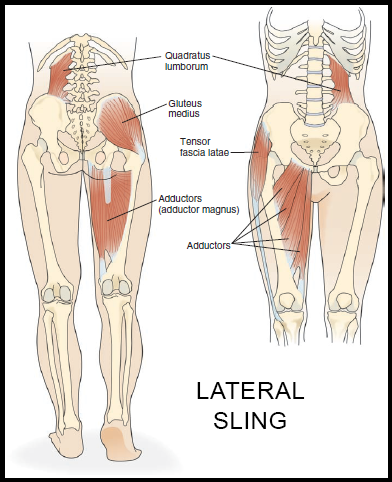
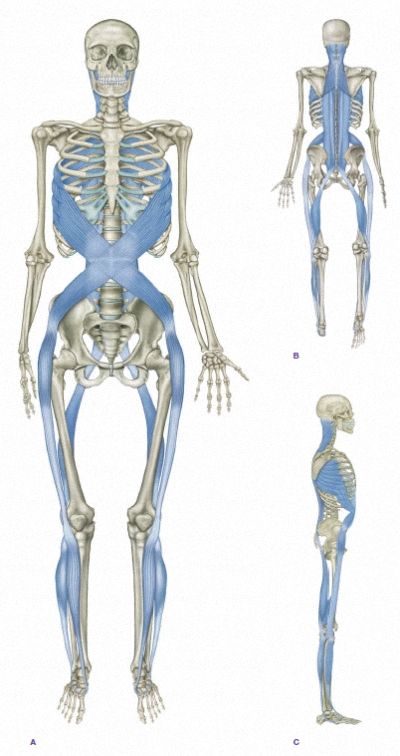

For some people they want to check out at this point. This seems too “complicated” and we do live in a world where you can find people that tell you that isolating muscles is just as good as integrating them. The problem is these opinions don’t stand up to what the research tells us!
What are the important lessons we can start taking from these ideas?
-Unstable surfaces aren’t helping our stability training: when we stand on really unstable surfaces our body actually works so hard to not fall down that it fails to make any real improvements in these concepts of stability.
-The same goes for drastically unstable implements! When we see people violently shaking we say we are working on stability training. Unfortunately the people that say such things rarely explain how! Anything that puts our body in survival mode doesn’t let the nervous system make these connections and learn how to correct faulty patterns.
What should you do?
First we have to establish good foundational movement patterns and those include…

You might be thinking, “I already squat, deadlift, lunge, do push-ups, pull-ups, some carries….I’m pretty good” I would say that would be a good start. You have to possess good stability to do these movement patterns well. For example, your core has EVERYTHING to do with the depth of your squat and decreasing the infamous “butt wink” The key of using your core properly in a squat would be a form of stability training in a very base level. The better stability your body perceives the better mobility and strength in can produce.
You see how after spinal surgery (Josh has a very severe spinal disease) that we were able to regain so much mobility from making connections. Using the Ultimate Sandbag to teach his body how to create stability provided him increase mobility.
You can see above how I use specific cuing of HOW I use the handles and the feedback of bands to teach the right muscles to turn on and how to work together to give me stability. When I feel stable, I am able to produce great force. This would be my foundation to hip hinging and teaching proper stability training when learning a movement pattern is key!
Sometimes stability training doesn’t look so obvious. For example, the bird dog drag doesn’t look like a hip hinge, but it has elements of it! It doesn’t look like pressing, but it has elements that will help. It doesn’t look like a rotational action, but it has those foundations. Using these positions can be very helpful in creating the building blocks for better stability training. Then when you click through you will see that positions like half kneeling and lunging demonstrate much higher levels of stability.
What I hope is that people realize what the goal of stability training really is and how it impacts your training. When someone says they are working on stability, you want to know stability of what? Is it proximal stability of the trunk for distal mobility of the hips and shoulders? Is it lateral stability for the pelvis so the legs can produce more force and take pressure off the knees? You have to know why and then have a way to show it works. So, in my next post I’ll give you some easy measures and ways we build stability training to higher levels!
Don’t miss our great DVRT educational sale. Save 25% on our online DVRT Restoration, Level 1, and L.I.F.T. programs with code “education2020”. When you get Restoration or Level 1 you will get a FREE Ultimate Sandbag of your choice and when you invest in the complete L.I.F.T. program you will get a Total Gym (4 Ultimate Sandbags) for FREE. Don’t wait, it is THIS week only HERE.

© 2024 Ultimate Sandbag Training. Site by Jennifer Web Design.






